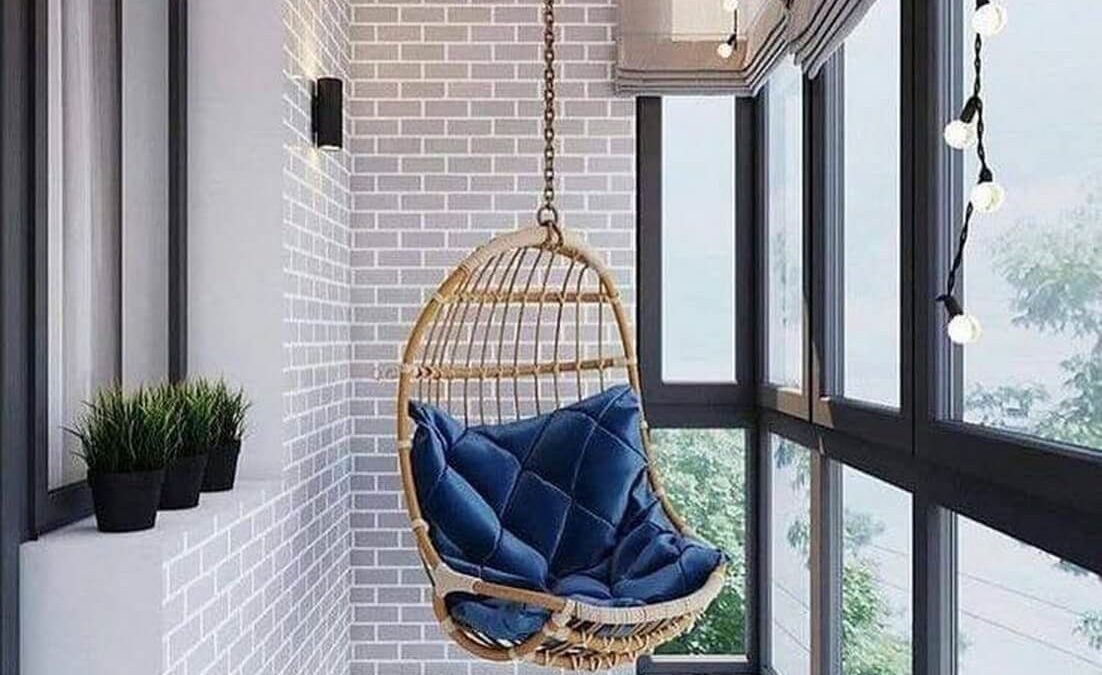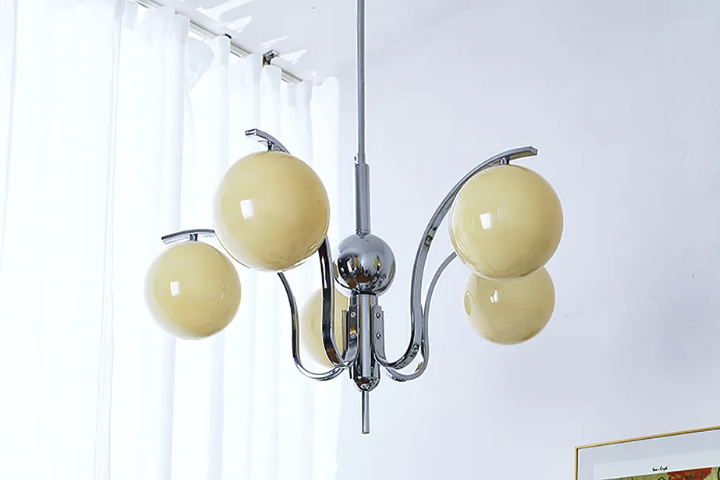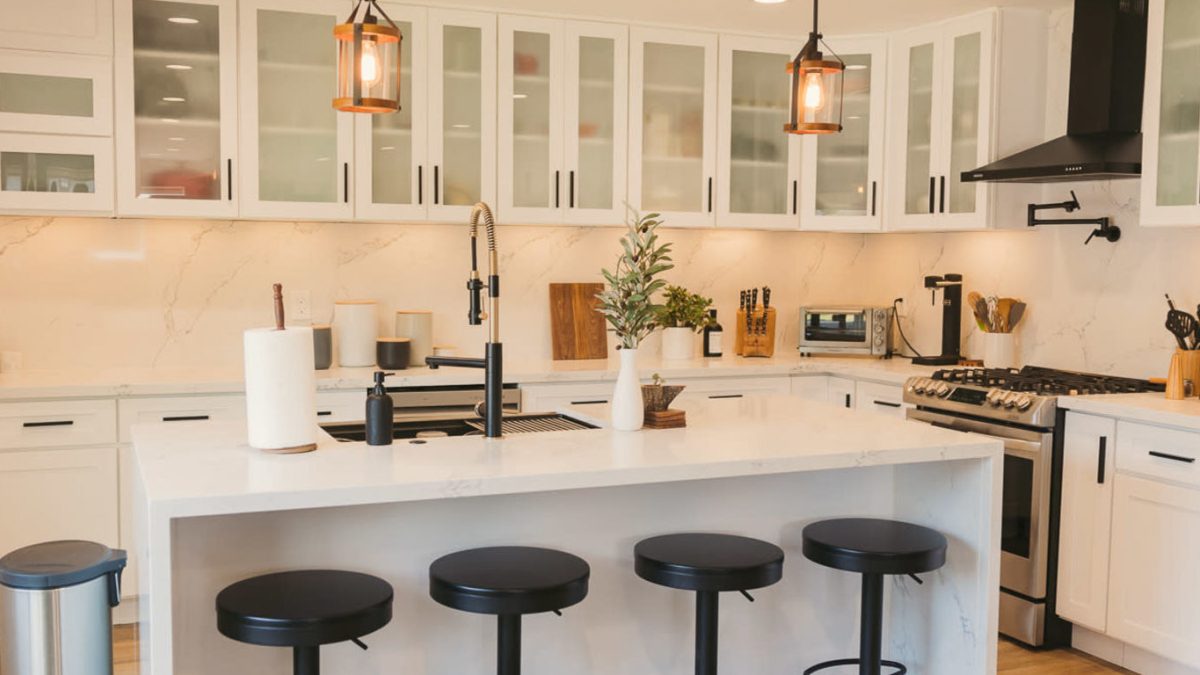
The Rise of Contemporary Design: A New Era of Style and Innovation
Introduction
Contemporary design has become one of the most popular design styles in recent years. With its sleek lines, minimalist approach, and use of modern materials, it has become a mainstay in both residential and commercial spaces. In this article, we will explore the origins of contemporary design, its key characteristics, and its impact on the design world.
The Origins of Contemporary Design
Contemporary design emerged in the mid-20th century as a response to the ornate and elaborate styles that dominated the design world at the time. It was a reaction against the traditional and often cumbersome design elements that had been popular for centuries. Architects and designers began to experiment with new materials like steel and plastic, and they used clean lines and simple shapes to create a modern aesthetic.
The Bauhaus movement of the 1920s is often cited as a major influence on contemporary design. The Bauhaus school of design believed that form should follow function and that design should be both practical and beautiful. This philosophy is at the heart of contemporary design, which focuses on functionality and simplicity.
The Key Characteristics of Contemporary Design
The key characteristics of contemporary design include minimalism, simplicity, and functionality. Contemporary design emphasizes clean lines, neutral colors, and the use of modern materials like glass, steel, and concrete. Furniture pieces are often simple and unadorned, with a focus on form and function rather than decorative elements.
Contemporary design also emphasizes the use of natural light and the integration of indoor and outdoor spaces. Large windows, skylights, and glass walls are often used to create a sense of openness and spaciousness. The use of natural materials like wood, stone, and marble is also common in contemporary design, adding warmth and texture to a space.
The Impact of Contemporary Design
Contemporary design has had a profound impact on the design world, inspiring new trends and sparking a renewed interest in modernism. The popularity of contemporary design can be seen in the many high-end retail stores, restaurants, and hotels that embrace its minimalism and simplicity.
Contemporary design has also influenced the way we live and work. With its emphasis on functionality and practicality, contemporary design has led to the development of more efficient and sustainable design solutions. Architects and designers are using innovative materials and technologies to create buildings that are both beautiful and environmentally-friendly.



